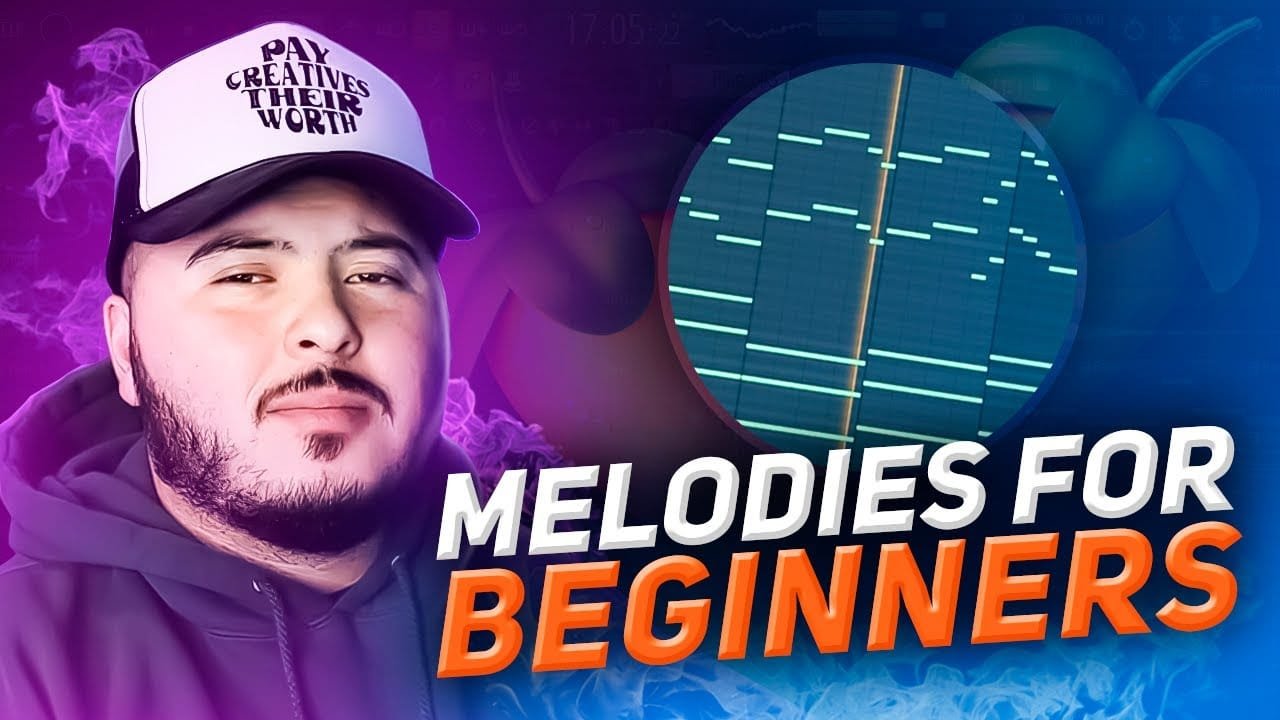Basic Music Theory for MIDI Programming
Introduction to MIDI Programming
MIDI, or Musical Instrument Digital Interface, is a standard protocol for the interchange of musical information between musical instruments, synthesizers and computers. This system was first developed in the early 1980s and has become a fundamental aspect of music production. It is a language that allows different digital instruments to communicate with each other, regardless of the manufacturer.
Understanding Basic Music Theory
Before diving into the specifics of MIDI programming, it is important to have a basic understanding of music theory. This can greatly enhance your ability to create and manipulate musical ideas in a MIDI environment. Music theory is the study of the practices and possibilities of music. It involves understanding the language and notation of music.
Notes and Scales
A musical scale is a set of notes ordered by pitch. The most common scale in Western music is the diatonic scale, which includes major and minor scales. Each scale consists of seven distinct notes, plus an eighth which is the same as the first an octave higher. For example, the C Major scale includes the following notes: C, D, E, F, G, A, B, C.
Chords
A chord is a combination of three or more notes played at the same time. Chords are built from scales, and each chord has a root note which is the base of the chord. For example, a C Major chord includes the notes C, E, and G.
MIDI Programming Basics
MIDI programming involves creating or manipulating MIDI data to generate music. This can be done using a variety of software tools, including digital audio workstations (DAWs), standalone MIDI sequencers, and programming languages designed for music.
MIDI Messages
MIDI data is made up of MIDI messages, which are digital signals that control various aspects of a musical performance. There are three main types of MIDI messages: Note On, Note Off, and Control Change.
- Note On messages start a note playing.
- Note Off messages stop a note from playing.
- Control Change messages adjust parameters such as volume, pan, and modulation.
Applying Music Theory to MIDI Programming
Understanding basic music theory can greatly enhance your MIDI programming abilities. Here are a few ways you can apply music theory to MIDI programming:
Building Chords
By understanding how chords are constructed, you can program MIDI data to play any chord you desire. For example, to program a C Major chord, you would send Note On messages for the notes C, E, and G.
Creating Melodies
Understanding scales can help you create melodies. For example, if you’re working in the key of C Major, you could create a melody using the notes of the C Major scale.
Modulating Parameters
Understanding musical dynamics can help you use Control Change messages to create more expressive and dynamic performances. For example, you could use Control Change messages to gradually increase the volume of a note, creating a crescendo effect.
Conclusion
While MIDI programming can seem complex, a basic understanding of music theory can go a long way in helping you create and manipulate musical ideas. Whether you’re programming a complex symphonic piece or a simple melody, the principles of music theory can help guide your process and enhance your final product.







